Maybe you had a feeling the fast food industry was changing when McDonald’s started offering apple slices as a side, or when Wendy’s became the go-to place for a fresh salad. Regardless of when that lightbulb moment was for you, there have never been more telltale signs that the traditional fast food experience has been totally uprooted. Think about it… White Castle’s vegan burger is rated one of the best fast-food burgers in America, and if that doesn’t scream “revolution,” we don’t know what will. From healthy options to centralized delivery, check out these six trends that are turning the fast food industry on its head.
1. Healthy Options
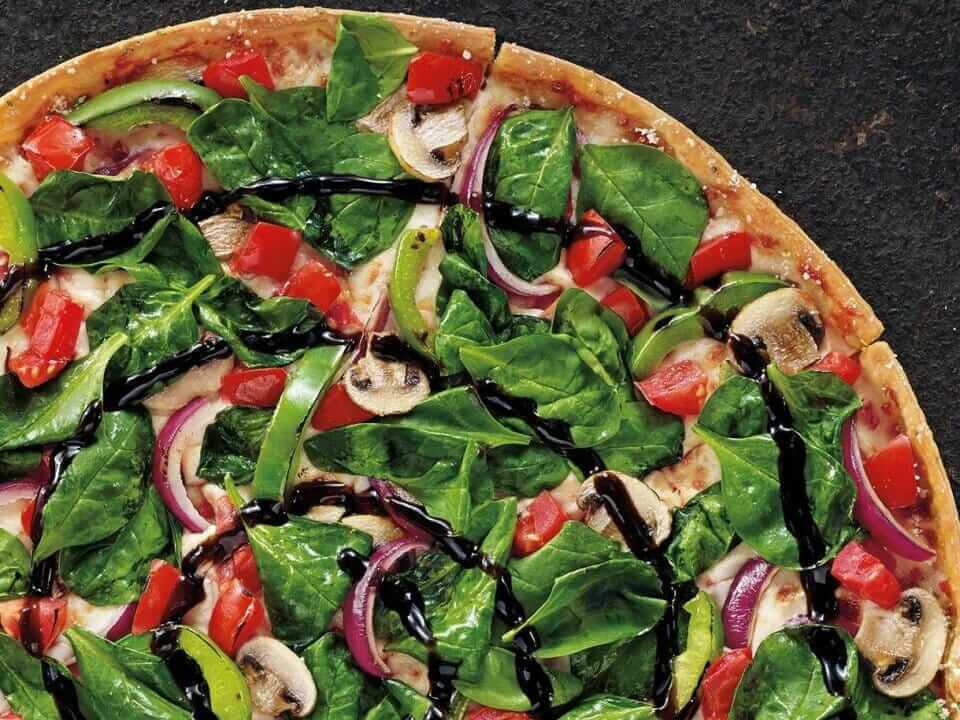
From McDonald’s healthy options to grass-fed beef, ordering a semi-nutritious meal from a fast food joint isn’t a new concept. However, what is refreshing is the focus on diet. We’re not talking New Year’s Resolution-type diets; no, we mean the specialty diets that everyone and their brother seems to be attempting as of late. From vegetarian to vegan, paleo, keto, and Whole30, fast food franchises are developing their menus to cater not only to the health conscious – but those following diets with uber-specific restrictions.
From a consumer standpoint, offering these dietary accommodations is a gift from above. But for the fast food industry, it is a total business move. Just because you go vegan, vegetarian, or keto doesn’t mean you abandon convenience, so why lose valuable customers over dietary restrictions? Slap one or two diet-friendly items on the menu, and you’ve just earned yourself a whole clan of new customers (just make sure that gluten-free bun doesn’t taste like cardboard!).
2. Automation
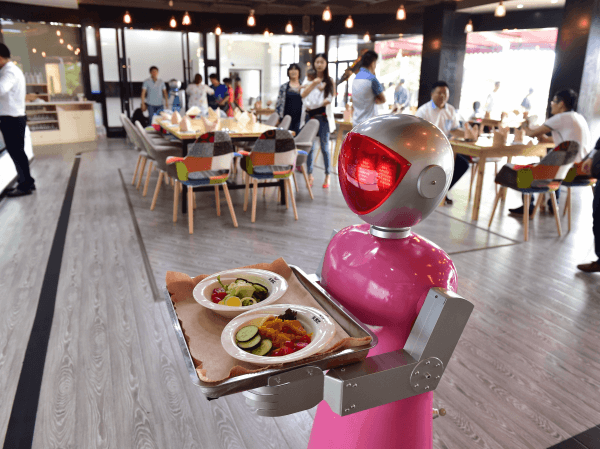
Visions of robots taking over restaurants seem a bit dystopian, but the fast food industry is already experiencing this shift. From self-ordering kiosks to robot chefs, the tasks that once required a human hand are quickly disappearing. At restaurants like McDonald’s, KFC, and Wendy’s, you can walk up to a screen, rather than an employee, and type in your order – a trend that has been normalized in the past year.
However, something that may take some getting used to is the idea of a robot preparing your order. In Silicon Valley, this concept is a reality for Momentum Machines, a startup that designed a burger-flipping bot. Preparing and serving up to 400 burgers in one hour, this computerized chef does all the work, from slicing toppings to grilling the meat, assembling the burger, and packaging it up to be served to the customer. While you may not see robot chefs taking over at McDonald’s immediately, expect this trend to make waves in 2019.
3. Centralized Delivery
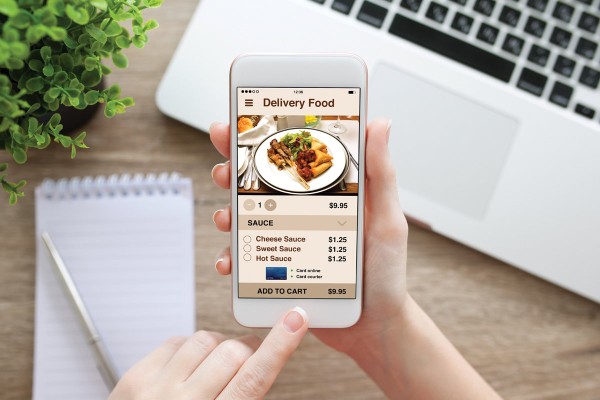
Fast food delivery is a godsend. This 2019 fast food trend has taken the industry by storm, offering homebodies the opportunity to have a dish from virtually any restaurant delivered right to their front door. This trend is not exclusive to the fast food industry, however. Americans all over the country are choosing to opt for take out or delivery, rather than enjoying a dine-in experience at their favorite restaurants. Perhaps, snuggling up on the couch with a Big Mac and a Netflix binge has something to do with it? Regardless of your reason for not wanting to leave the house, you can find a ton of options on the most popular centralized delivery services, like GrubHub, Doordash, UberEATS, and Postmates.
4. Faster (Than Ever) Service

Swinging through a drive-through is supposed to be the quickest way to get your food and go, but historically, fast food drive-throughs have been a huge flop. However, the future of the industry welcomes more efficient service, according to the Drive-Thru Performance Study. With customers skipping the wait and opting for the most convenient experience, franchises are only left with one option: speed up or lose business. Luckily for fast food lovers, the average wait time for drive-throughs is just two to four minutes.
In addition to faster drive-through service, you’ll start noticing more fast food restaurants opting for curbside service, which is supposed to be even quicker than a drive-through. You can order your dish on the restaurant’s mobile app, pull up to one of their designated carry-out spots in the parking lot, and wait (not for long) for someone to deliver your food right to your car window.
5. More Breakfast Options
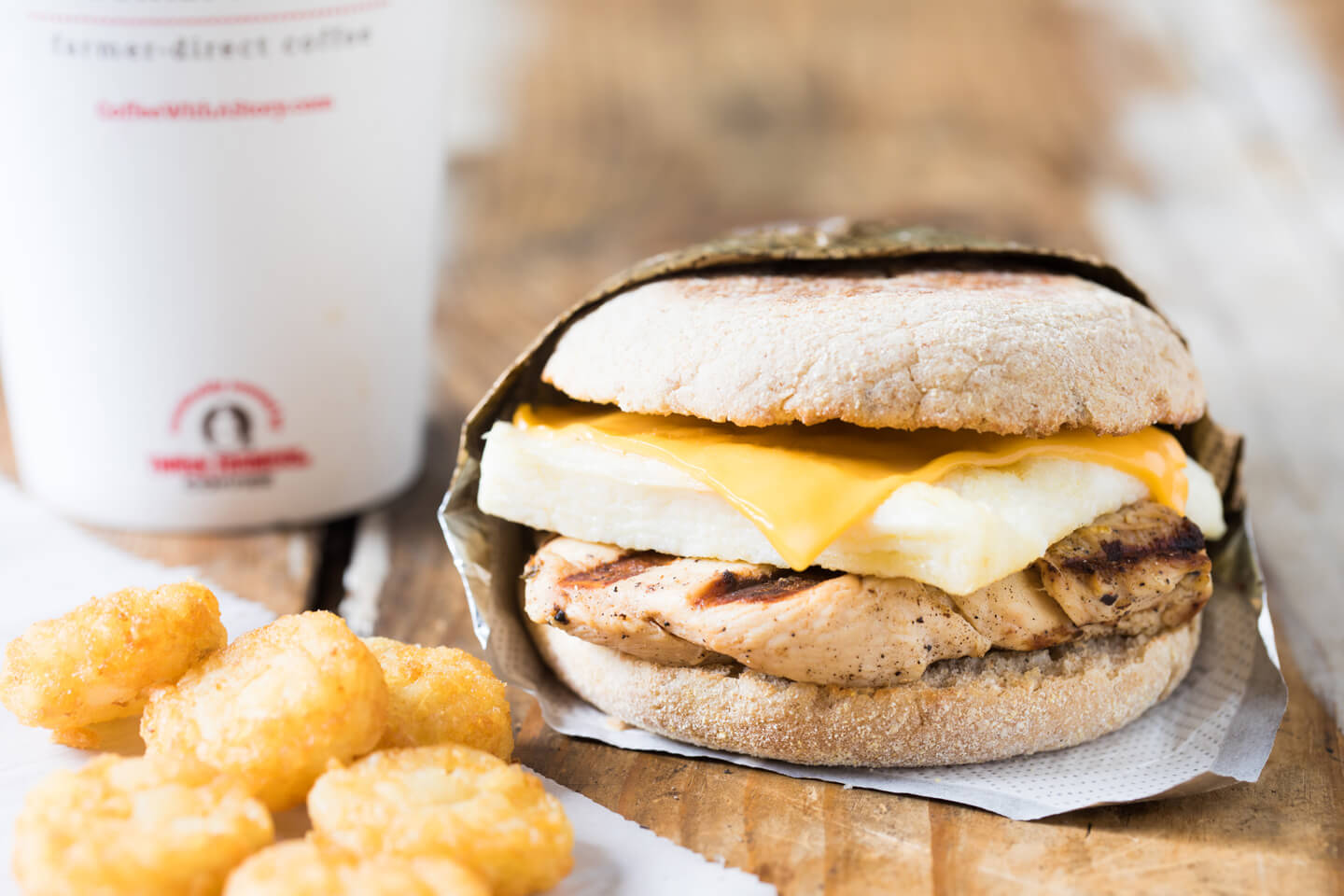
Nearly every fast food restaurant offers breakfast on their menu, whether it be for a limited time in the morning or all day. However, this wasn’t always the case in the fast food industry. Up until the past several years, many of the most popular chains had few breakfast options, if any at all. But, with the increase in demand for egg sandwiches, muffins, and breakfast burritos, restaurants are feeling the pressure to offer a full-fledged breakfast menu to accommodate every craving.
You may have noticed an expansion on the Chick-Fil-A breakfast menu, which started out years ago offering a measly three items to choose from. But after recent additions to the menu, the franchise is one of the most popular places to grab breakfast to go. From mixed fruit to multi-grain bagels, biscuits, and burritos, Chick-Fil-A is the industry leader when it comes to fast food breakfast. You can count on other fast food joints to follow this trend in the coming months.
6. Recycling and Packaging
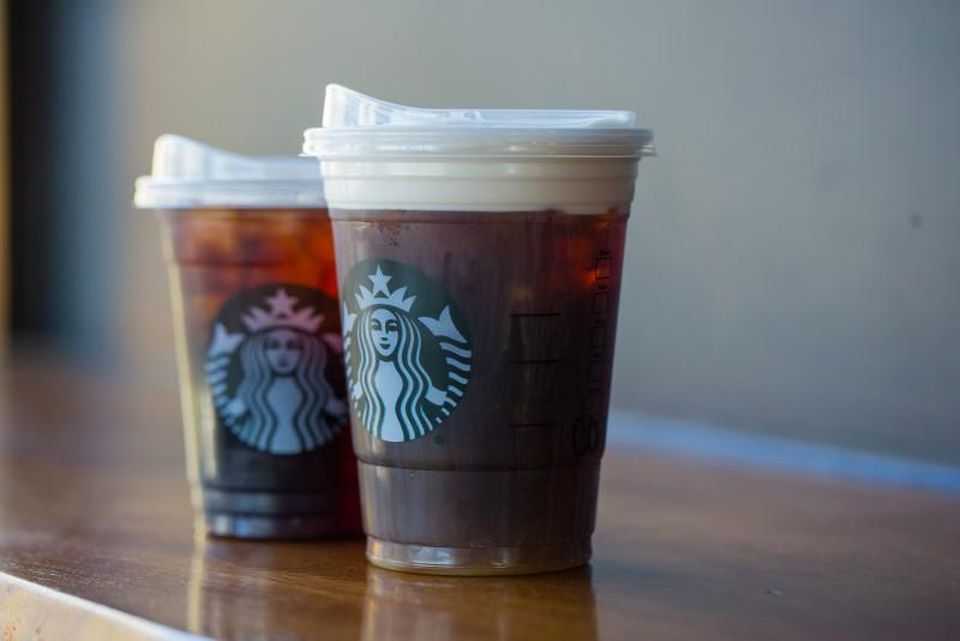
In addition to changing what we’re consuming, the fast food industry is putting a greater focus on what we’re putting out into the world. Rather than mass producing plastic and styrofoam packaging, restaurants are switching to more environmentally-friendly materials like paper, as well as making recycling waste materials a higher priority. Some notable changes in the fast food industry include:
- The elimination of plastic straws
Each day, 500 million plastic straws are thrown away, only to end up in a landfill. In an effort to improve environmental standards in the industry, giant corporations like Starbucks and McDonald’s have vowed to eliminate plastic straws from their stores in the next couple of years and replace them with a more environmentally-friendly option.
- Getting rid of styrofoam packaging
Just like most plastic materials, styrofoam isn’t any good for the environment. In fact, it is now illegal for restaurants to use foam packaging in places like Los Angeles, New York, and Washington, D.C. The synthetic material is infamous for polluting waterways and has very little to no ability to be recycled, which is why restaurants like McDonald’s are working to swap their foam cups for paper products. While it is an expensive and exhaustive effort to make the transition to a more sustainable material, you can expect other fast food chains to follow suit in the next few years.
- Recycling food packaging and other restaurant materials
While eliminating products that cause pollution is a good start, the fast food industry’s next big hurdle will be recycling those new, more sustainable materials. With franchise locations covering the globe, each chain will have to invest in the proper facilities, training, and consumer education to ensure that recycling is not only done, but done properly.
In addition to recyling packaging materials, chains like Chipotle have chosen to “recycle,” or giveaway things like chairs, tables, food processors, and other used equipment to schools and nonprofits who could benefit from them.
To learn more about what’s going on in the fast food industry, check out these shocking Fast Food Facts You Never Knew About Your Favorite Restaurants.
